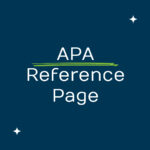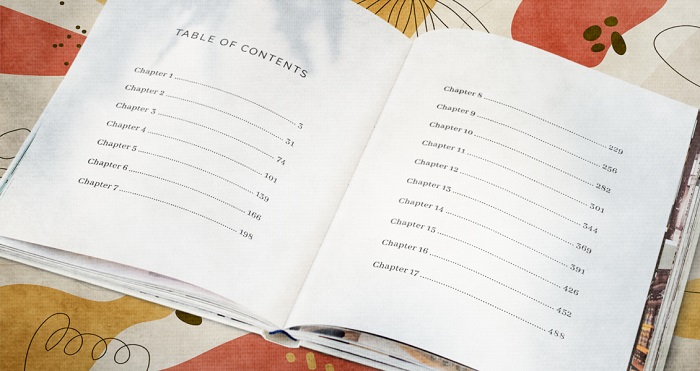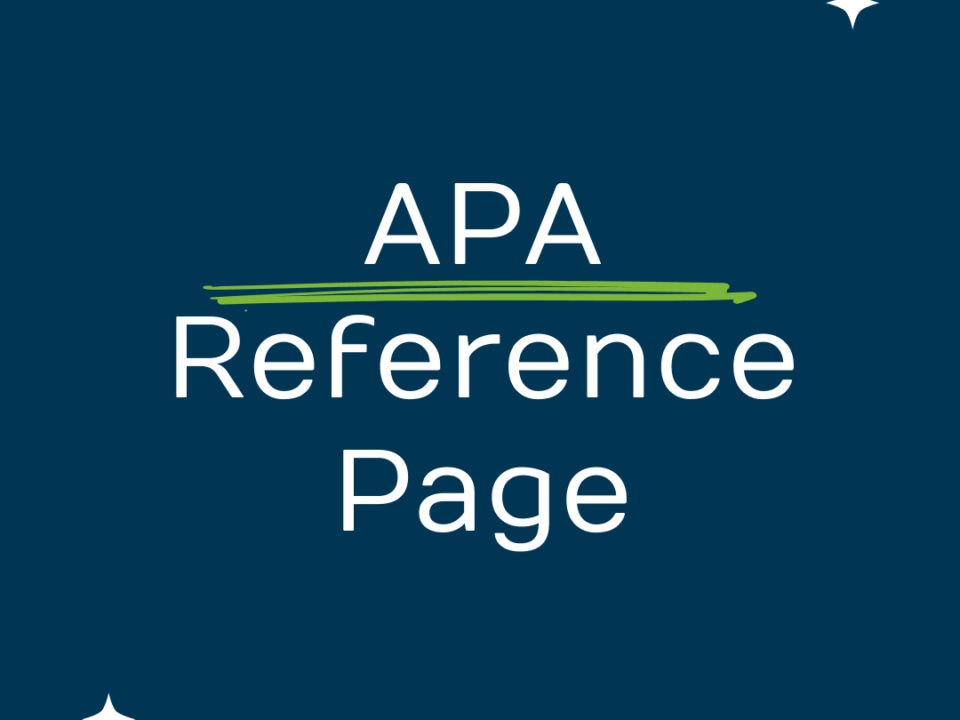
why peer reviewed articles are important?
December 30, 2024
How to Cite Sources in APA Format: A Step-by-Step Guide for Academic Research
March 2, 2025In the rapidly evolving landscape of academic publishing, two formats stand out for their distinct contributions to the dissemination of knowledge: review articles and book chapters. While both fulfill a vital role in the scientific ecosystem, they cater to different needs and target groups, which can often lead to confusion among emerging researchers. Understanding the nuances that differentiate these forms is key to producing compelling research that resonates with the academic community.
This blog post on Avestina aims to shed light on the essential differences between review articles and book chapters, and to provide a comprehensive survey of their definitions, structures, target audiences, and publication paths. We will delve into how these scholarly works intertwine, complement, and enrich academic discourse. Whether you are a seasoned scholar or a novice researcher, gaining insight into these differences will enable you to make informed decisions about where to publish your work and how to effectively reach your audience. Join us as we embark on this journey through the complexities of academic writing and foster a deeper understanding of the various formats that shape academic communication today.
Exploring Basic Definitions: Overview Articles Vs. book chapters
In the field of academic literature, it is very important to delve into the definitions and number one purposes of review articles and e-book chapters, as each fulfills a distinct but complementary role in disseminating research. Review articles are typically comprehensive overviews that synthesize current research on a selected topic, provide critical insights, and identify gaps in the current body of professional knowledge. They aim to inform and manually solve researchers by summarizing extensive findings and growing properties within an area. When evaluating e-book chapters, they often provide more specialized discussions or suggested frameworks, taking into account the extraordinary intensity on specific topics while situating them in a broader academic context. This contribution serves as a foundational article to enable new researchers to distinguish between the two formats, illuminating how review articles provide a panoramic view of research landscapes, while e-book chapters provide a platform for particular exploration and nuanced argumentation. Understanding these variations is important for effective engagement with the instructional literature and for making informed decisions about publishing and contributing to scholarly discourse.
The Anatomy of Academic Writing: Contrasting Structures of Review Articles and Book Chapters
Anatomy of Instructional Writing exhibits distinct structural frameworks for assessment articles and e-book chapters, each one tailored to their unique purposes. A specified manual on the typical systems of both paperwork illustrates the crucial differences in corporation and cause. Review articles are often characterized by a systematic method, beginning with an executive summary that summarizes the aims of the look at the objectives, observed with an introduction that places the research in the context of the current literature. This is usually accomplished with the help of a strategy phase that outlines the standards used for literature selection and analysis, leading to an effects section that synthesizes the findings throughout the research. Book chapters can take a thematic survey approach to assessment, starting with a work that provides a broader overview of the audition’s subject matter and meaning. Each subsequent phase within the ebook bankruptcy can delve deeper into many factors of the topic, taking into account a greater narrative whiff that supports complete understanding. By comparing these systems – with the help of facets – it is clear how the organizing breeze of review articles successfully summarizes empirical findings, while e-book chapters facilitate a wide-ranging discourse that makes them suitable for special scholarly purposes.
Who reads what? Understanding the target audience for article and book chapter reviews
Understanding the target audiences for review articles and e-book chapters is essential for researchers who want to maximize their impact. By reading the average number of readers for each format, we can see how different academic fields may prefer one form over the other. For example, in fields that include the humanities, complete e-book chapters may also attract scholars looking for intensive discussions, and the natural sciences may additionally lean closer to brief review articles that highlight current improvements. This differentiation underscores the importance of audience engagement and guides researchers to be mindful of how their work aligns with the capabilities of their intended readers. Ultimately, making informed choices about where to publish can improve visibility and foster meaningful discourse in an academic network. As disciplines continue to evolve, so too does our understanding of the ways in which format affects readers and guide researchers toward more effective communication strategies.
Publication Pathways: Where to Submit Your Research – Journals vs. edited volumes
Navigating the panorama of academic publishing can be challenging, especially when finding your way between submitting research to journals or contributing to edited volumes. Each path offers amazing blessings and ensures unique types of science paintings. For authors of review articles, peer-reviewed journals routinely provide a platform for rigorous critique and dissemination of complete analyzes in precise areas. These guides often emphasize originality, methodological rigor, and the ability to influence ongoing dialogues about studies. Conversely, ebook chapters in edited volumes allow for broader exploration of topics and theories, making them suitable for scholars who want to place their research in a larger context or contribute to a collective discourse. In considering where to place, authors must examine the nature of their images and their target market in addition to difficult submission strategies. Journals regularly require going through precise tips for submitting proposals and extensive opinions, although proposing a bankruptcy can also mean immediately luring volume editors who curate particular subjects. Understanding these nuances can enable researchers to make other strategic decisions about their brochures and ensure that their work effectively reaches the right audience.
Citations Matter: The Role of Review Articles and Book Chapters in Scholarly Impact
In an academic research setting, the format of a brochure can greatly influence the visibility and durability of scholarly paintings. Review articles and e-book chapters are excellent formats that benefit research while assessing their impact on research citations and mainstream educational impact.


